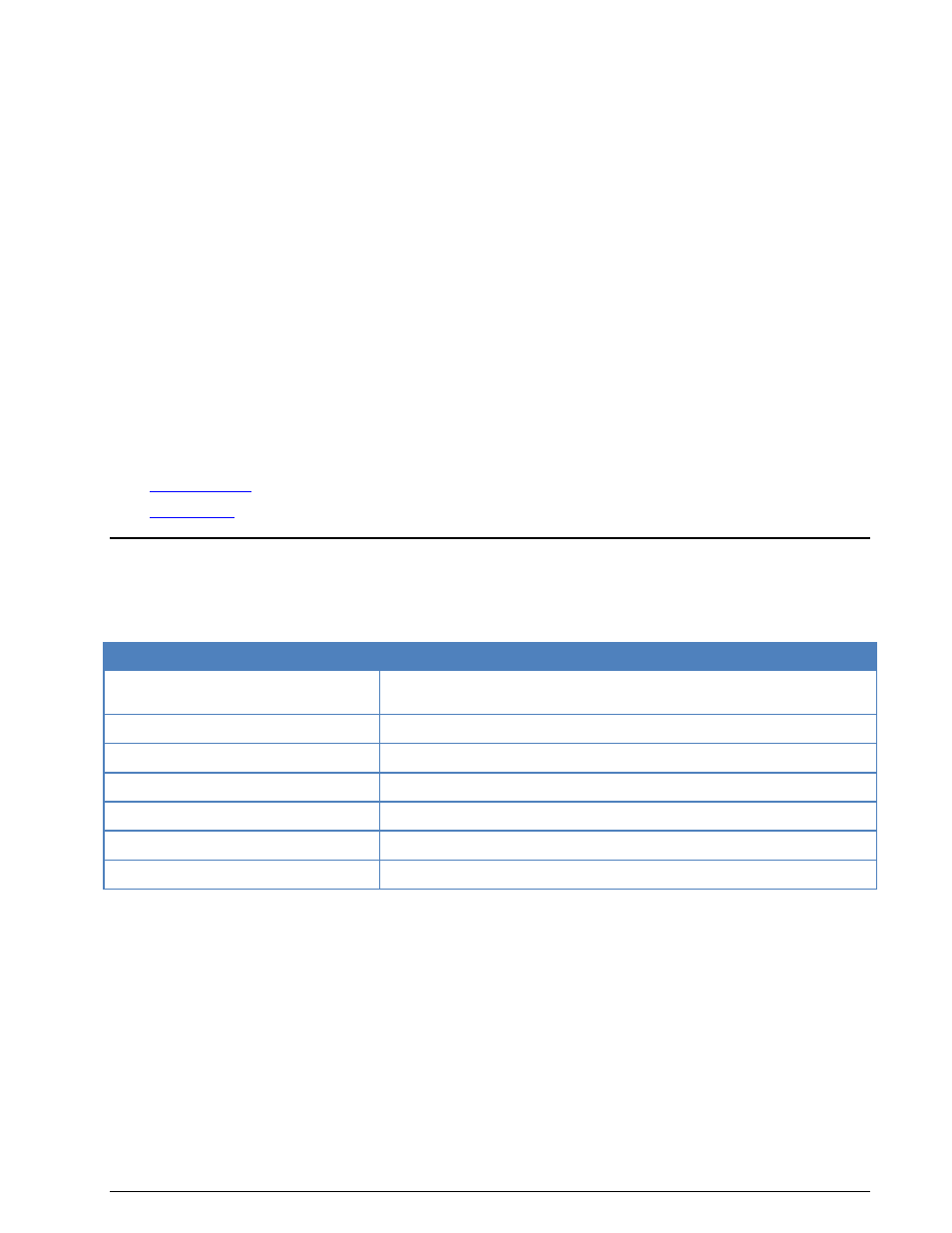Sat-c-tdm, sat-c-tdma, sat-c-egc – Wavecom W61PC V7.5.0 User Manual
Page 220

210
Transmission Modes
WAVECOM Decoder W61PC/LAN Manual V7.5
Voice
Low speed data
Fax
Operation
With the help of the FFT-Analysis-Tool look for a SAT-B signal (bandwidth 20 kHz, OQPSK 12 ks/sec) with
a lot of traffic.
In the Satellite menu choose Inmarsat, SAT-B-C-TFC.
The Session Window displays the start and end of a session; only if the service of a session is recognized
it will be started, even if the "Progress" field increases its number. The "MES_ID" displayed is the return
MESId of the MES; the "Frequency" is a dummy value.
The Session List Window displays the results of the successfully decoded sessions. The decoded data is
saved as “_Dat.txt” or “_.WAV” files.
The data extracted from the SCPC frames is examined for duplicate or missing packets. In case of dupli-
cate packets the duplicate packet is discarded..
Especially the case of missing packets may be critical for subsequent upper protocol layer decoding there-
fore an error mark will be inserted into the file name as “_DatError.txt“. However, for some upper layer
protocols it is possible to reconstruct the missing data.
Additional information:
See “
” on page 36.
See “
” on page 269.
SAT-C-TDM, SAT-C-TDMA, SAT-C-EGC
SAT-C is a satellite based store-and-forward low speed message transmission system operating in the L-
band to (forward direction) and from (return direction) the mobile earth stations (MES) and in the C-band
to and from the land earth stations (LES) and network control stations (NCS).
Parameter
Value
Frequency range
L-Band (TDM)
C-Band (TDMA)
Operation modes
Broadcast/Duplex FEC/ARQ TDM/TDMA
Symbol rate
1200 Bd
Modulation
BPSK
Required SNR
>15 dB (20 dB recommended)
Receiver settings
BW = 5-10 kHz
Input format(s)
IF
Mobile stations may be maritime, land based or aeronautical. The channel rate in both directions is 1200
symbols/sec. Error protection is achieved by convolutional encoding with R = 1/2 and k = 7 giving a user
bit rate of 600 bps.
A block or frame of data in the forward direction (TDM) comprises 10368 symbols (8.64 s). Data is highly
interleaved to combat slow fades. It is also scrambled to ensure an even distribution of logical 1s and 0s
for proper bit synchronization. Frame synch is achieved by using an unscrambled unique word at the be-
ginning of the frame.
The coding will correct some errors otherwise ARQ is used.
The forward channels from the LES and NCS are continuous time division multiplex (TDM) channels and
are used for message transmission and signaling.
In the return direction messages are transmitted by the MES on time division multiple access (TDMA)
channels assigned by the NCS. The frame length varies between 2176 symbols and 10368 symbols in
steps of 2048 symbols.